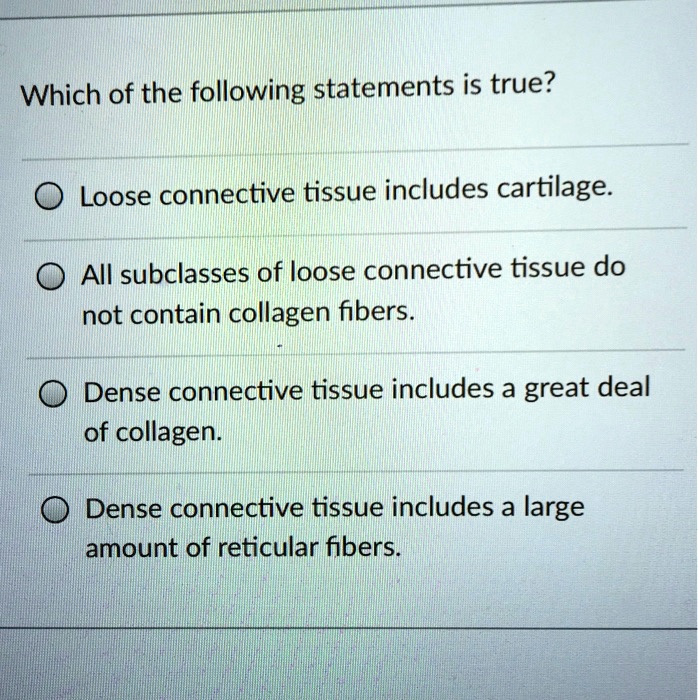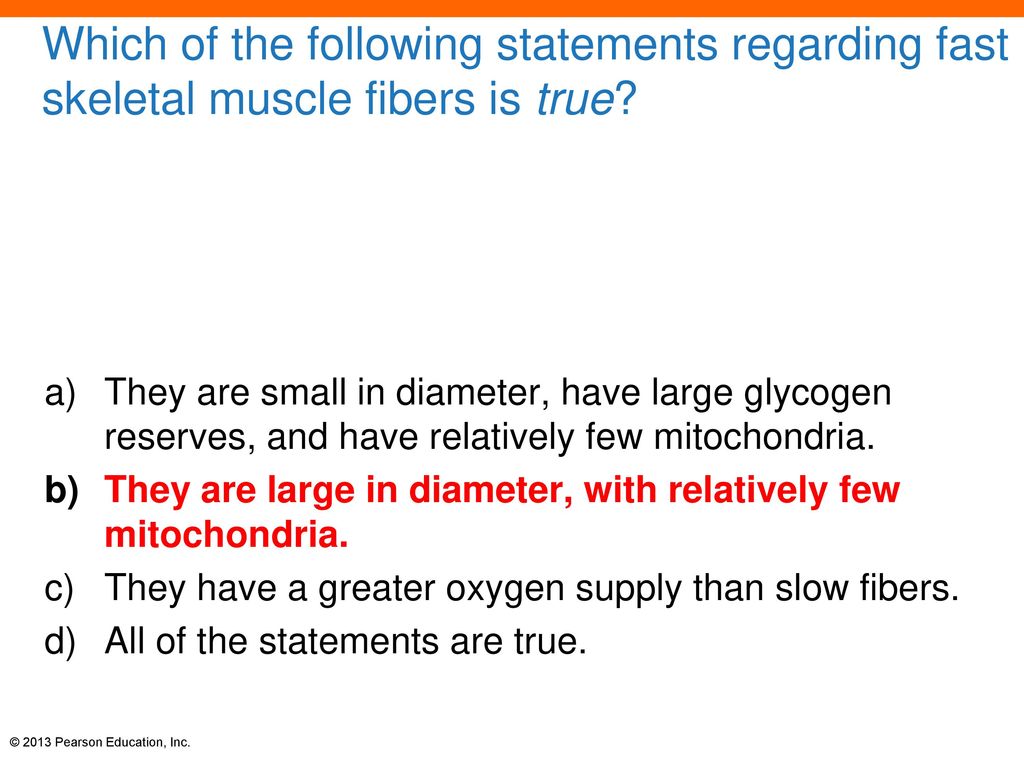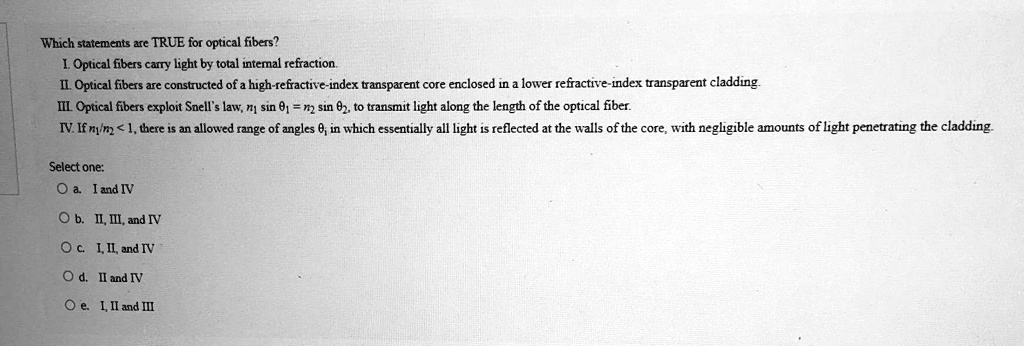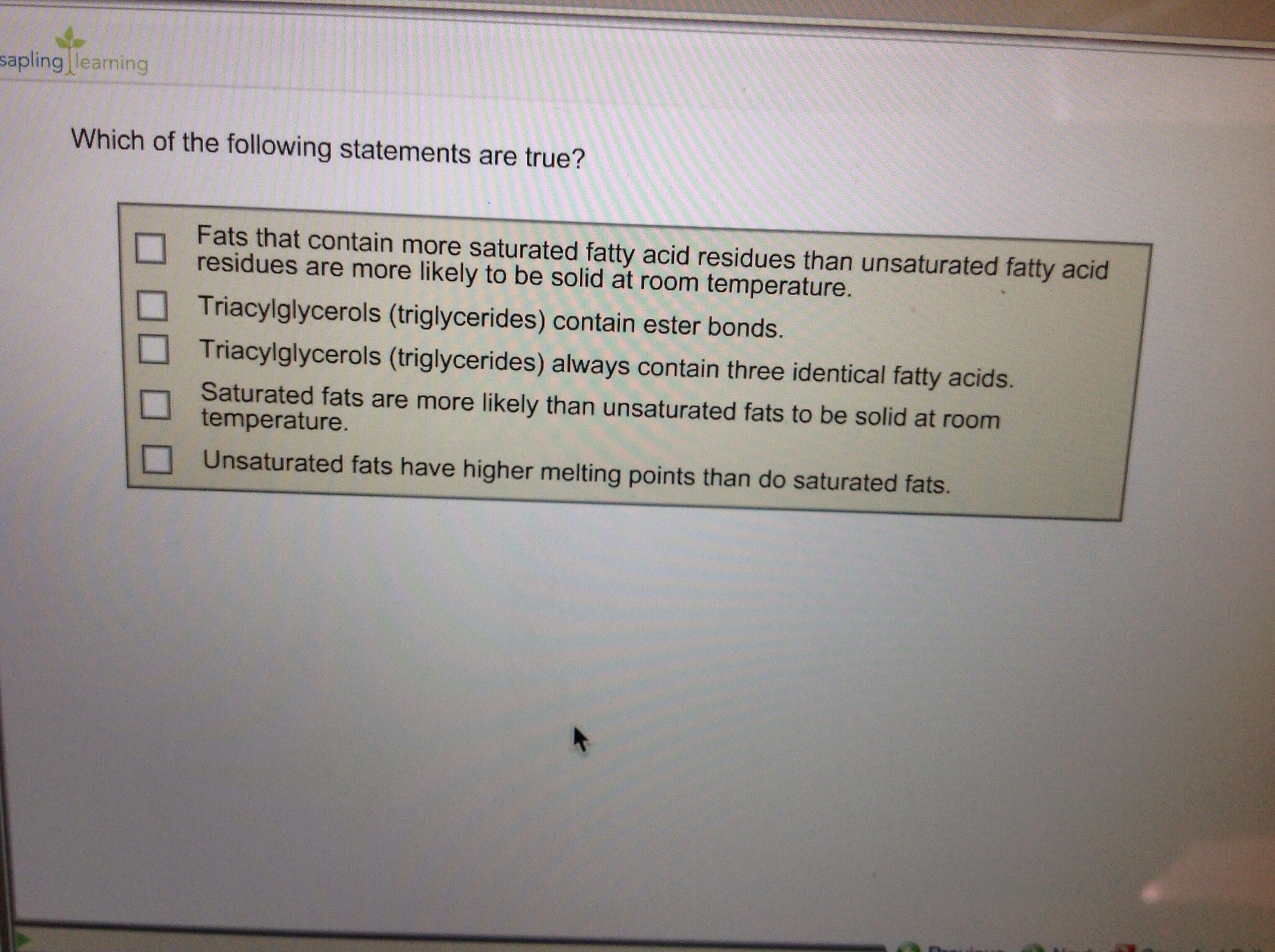Which Of The Following Statements About Fiber Are True

Imagine strolling through a vibrant farmer's market, the air thick with the sweet scent of ripe fruits and freshly baked bread. You're surrounded by colorful produce, each piece brimming with promise, a testament to nature's bounty. But beyond their aesthetic appeal and delicious flavors, these natural wonders hold a secret weapon for your well-being: fiber.
This seemingly humble nutrient is a cornerstone of a healthy diet, yet misconceptions about its benefits and sources abound. We're here to debunk the myths and reveal the truth about fiber, answering the question: Which of the following statements about fiber are true?
What Exactly Is Fiber?
Fiber, also known as roughage, is a type of carbohydrate that our bodies can't digest. It's found primarily in fruits, vegetables, whole grains, and legumes, playing a crucial role in maintaining a healthy digestive system and overall well-being. Unlike other carbohydrates, fiber passes through our digestive system relatively intact.
Soluble vs. Insoluble Fiber
Fiber comes in two main forms: soluble and insoluble. Soluble fiber dissolves in water, forming a gel-like substance that can help lower cholesterol and stabilize blood sugar levels. Insoluble fiber doesn't dissolve in water and adds bulk to the stool, promoting regularity and preventing constipation.
Many foods contain both types of fiber, but they are often richer in one or the other. Oatmeal, beans, and apples are good sources of soluble fiber. Whole wheat bread, vegetables, and wheat bran are rich in insoluble fiber.
Debunking Common Myths
Let's tackle some common misconceptions about fiber, separating fact from fiction. Understanding these nuances is essential for making informed dietary choices.
Myth #1: All Fiber Is the Same
As mentioned, there are two main types of fiber, each with distinct functions. Soluble fiber can help to lower cholesterol and stabilize blood sugar, whereas insoluble fiber primarily promotes digestive regularity. Therefore, stating that all fiber is the same is false.
Myth #2: You Only Need Fiber If You're Constipated
While fiber is undoubtedly beneficial for digestive health, its advantages extend far beyond preventing constipation. Fiber plays a role in regulating blood sugar levels, lowering cholesterol, and even promoting weight management. It is, therefore, false that you only need fiber if you're constipated.
Myth #3: Fruits and Vegetables Are the Only Good Sources of Fiber
Fruits and vegetables are excellent sources of fiber, but they are not the only ones. Whole grains, legumes (beans, lentils, peas), and nuts are also packed with fiber. Relying solely on fruits and vegetables limits your intake of other essential nutrients found in these other fiber-rich foods, therefore this is also false.
Myth #4: The More Fiber, the Better
While fiber is beneficial, consuming excessive amounts can lead to digestive discomfort, such as bloating and gas. Gradually increasing your fiber intake and drinking plenty of water is crucial for optimal digestion. This statement is false.
Myth #5: Processed Foods Labeled "High in Fiber" Are Always Healthy
Be wary of processed foods marketed as "high in fiber." They may contain added fibers that aren't as beneficial as naturally occurring fibers in whole foods, and they can also be high in sugar, salt, and unhealthy fats. Always read nutrition labels carefully. Thus, this statement is false.
The Benefits of Fiber: Fact vs. Fiction
Let's dive deeper into the specific health benefits associated with fiber, solidifying our understanding with facts backed by credible sources.
True: Fiber Can Help Lower Cholesterol
Soluble fiber, in particular, has been shown to reduce LDL ("bad") cholesterol levels. According to the Mayo Clinic, soluble fiber can interfere with the absorption of cholesterol in the gut, leading to lower blood cholesterol levels.
True: Fiber Can Help Regulate Blood Sugar Levels
Fiber slows down the absorption of sugar into the bloodstream, preventing spikes in blood sugar levels. This is particularly important for individuals with diabetes or those at risk of developing the condition. Research from the American Diabetes Association supports the claim that dietary fiber can improve blood glucose control.
True: Fiber Can Promote Weight Management
Fiber-rich foods tend to be more filling than processed foods, helping you feel satiated for longer. This can lead to reduced calorie intake and ultimately aid in weight management. The Harvard School of Public Health notes that high-fiber diets are associated with a lower body weight.
True: Fiber Can Improve Digestive Health
Insoluble fiber adds bulk to the stool, promoting regular bowel movements and preventing constipation. Fiber also feeds beneficial bacteria in the gut, contributing to a healthy gut microbiome. This aligns with the findings of the National Institute of Diabetes and Digestive and Kidney Diseases (NIDDK).
True: Fiber Can Reduce the Risk of Certain Cancers
Studies have shown that high-fiber diets may be associated with a reduced risk of certain cancers, particularly colon cancer. The mechanism isn't fully understood, but fiber may help remove carcinogens from the digestive tract and promote a healthy gut environment. The American Cancer Society acknowledges the potential link between dietary fiber and reduced cancer risk.
Incorporating More Fiber into Your Diet
Now that we've established the importance of fiber, let's explore practical ways to increase your intake. Small changes can make a big difference.
Start by swapping refined grains for whole grains. Choose whole wheat bread over white bread, brown rice over white rice, and oatmeal over sugary cereals.
Add beans, lentils, or peas to your soups, salads, and stews. These are excellent sources of both soluble and insoluble fiber.
Snack on fruits, vegetables, and nuts throughout the day. Keep a bowl of fruit on your counter and a bag of nuts in your car for healthy and convenient options.
Read nutrition labels carefully and choose foods with a higher fiber content. Aim for at least 3-5 grams of fiber per serving.
Remember to increase your fiber intake gradually to avoid digestive discomfort and drink plenty of water to help fiber move smoothly through your digestive system.
Conclusion: Embrace the Power of Fiber
Fiber is far more than just a digestive aid; it's a vital nutrient that supports overall health and well-being. By understanding the different types of fiber, debunking common myths, and incorporating fiber-rich foods into your diet, you can unlock its numerous benefits.
So, the next time you're at the grocery store or farmer's market, remember the power of fiber. Choose whole, unprocessed foods and embrace the delicious and nutritious world of fruits, vegetables, whole grains, and legumes. Your body will thank you.










+true+of+loose+connective+tissue.jpg)







